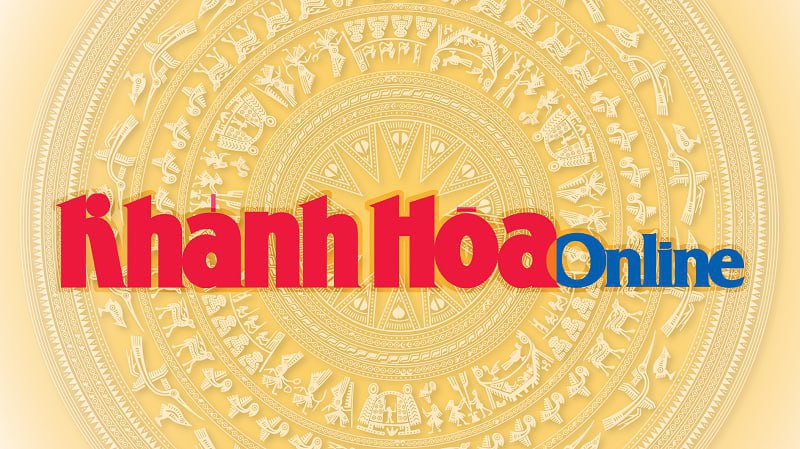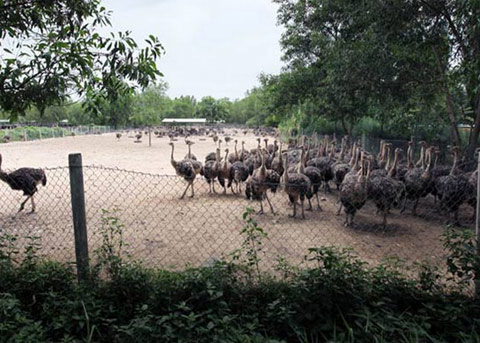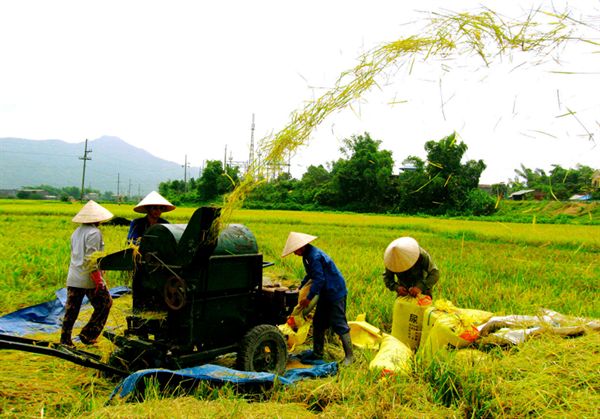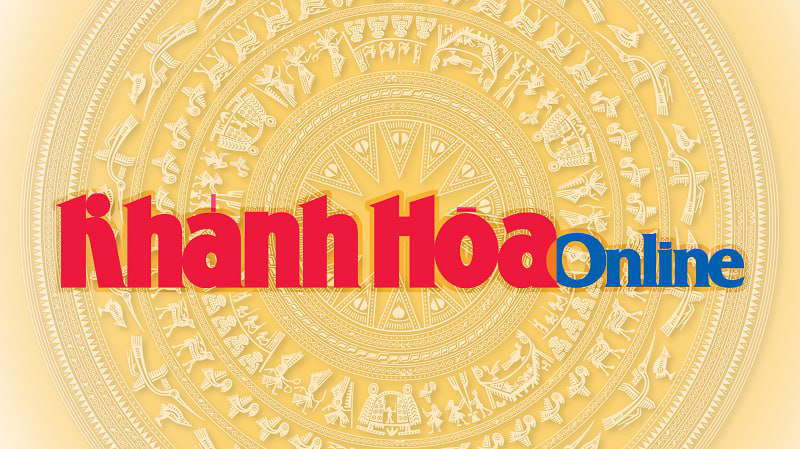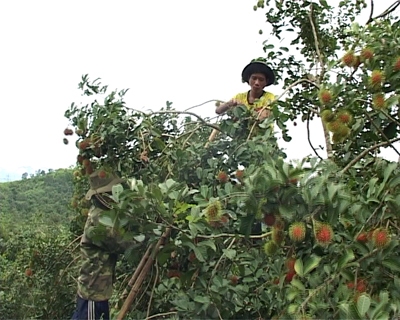
In recent years, many residents in Son Binh Commune, Khanh Son District, have invested in Thai rambutan cultivation...
In recent years, many residents in Son Binh Commune, Khanh Son District, have invested in Thai rambutan cultivation, which has proved to be profitable.
Nguyen Huu Nang was among the first people to grow Thai rambutan in Khanh Son District in 1998. The rambutan, a medium-sized tropical tree in the family Sapindaceae, had been brought from the southern eastern region and planted in Son Binh Commune.
According to Nguyen Huu Nang, Thai rambutan grows well in Khanh Son District. 90 rambutan trees can be cultivated on 1ha of land. They can be harvested after 4 or 5 years of cultivation. From the second harvest, each tree may bear 2 quintals of fruits on an average.
 |
| Thai rambutan harvest. |
“Thai rambutan sells at VND15,000-16,000/kg (VND3,000-5,000/kg higher than last year). With some VND270 million from my 1ha Thai rambutan garden, I can get a profit of VND200 million," he says.
According to farmers, the harvest time of Thai rambutan grown in Khanh Son is one month later than in its place of origin. Khanh Son is blessed with a favorable condition for the luxuriant growth of the rambutan.
Thai rambutan fruits in Khanh Son are much bigger and sweeter. In addition, they can be preserved for 3-5 days in normal conditions without any quality change or loss. Therefore, Thai rambutan fruits have sold well.
According to Tran Thanh Tu, a farmer in Son Thai Commune, there is still a bumper crop of Thai rambutan, folowing last year, in spite of lower capacity. Thai rambutan has bought and transported to southern provinces.
20ha of Thai rambutan has been grown in Son Binh Commune. Due to its profitable production, additional 10ha has just been cultivated in 2013.
Le Anh Quang, an official of Son Binh Commune Agricultural Promotion says, besides famous Khanh Son durian trademark, the cultivation of Thai rambutan and mangosteen has been also given priority. Several growers are likely to earn hundreds of millions dongs a year.
A development strategy for Thai rambutan and mango trees by local authorities and expert agencies is required to assure the fruit supply and demand balance, helping residents to reduce risks in farming as well as tackle possible consumer problems that they may have in an effort to sustainably eliminate poverty in Son Binh Commune in particular and Khanh Son District in general.
N.T

